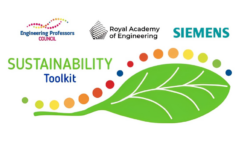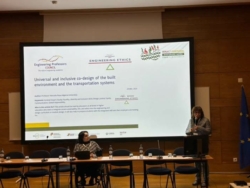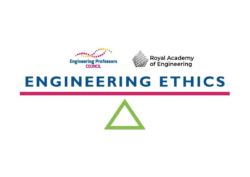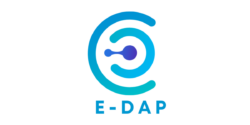 The Engineering Professors’ Council, with support from Quanser, has started work on a Complex Systems Toolkit, aimed at helping educators to integrate complex systems concepts into their teaching.
The Engineering Professors’ Council, with support from Quanser, has started work on a Complex Systems Toolkit, aimed at helping educators to integrate complex systems concepts into their teaching.
With our Call for Contributions now live, the Complex Systems Toolkit Working Group Co-Chairs discuss why this is a vital resource and why you should get involved.
 Dr. Nikita Hari, Head of the Teaching and Research Design Support Group at the Department of Engineering Science, University of Oxford
Dr. Nikita Hari, Head of the Teaching and Research Design Support Group at the Department of Engineering Science, University of Oxford
“Engineering graduates of today are expected to design climate-resilient cities, ethically deploy AI, and weave circular-economy thinking into supply chains – and all this lives squarely in the messy realm of complex systems. Yet most engineering curricula still treat complexity as an afterthought or a niche elective. This is often misunderstood, misrepresented, or purely ignored, relegating complexity to a footnote.
The Engineering Professors’ Council’s Complex Systems Toolkit is our academic response, aiming to bridge this gap: a freely accessible, peer-reviewed, resource hub where academics can find, curate and share ready-to-teach resources, assessment blueprints and real-world case studies mapped to AHEP learning outcomes.
By contributing, you’ll help shift ‘complexity literacy’ from the periphery to the core of engineering education, accelerate programme accreditation, and equip students with the habits of mind our profession and planet now demand.
Join us in co-authoring this collective intelligence: your lecture notes, lab briefs or reflective prompts could become the catalyst that empowers thousands of educators – and the engineers they shape – to navigate, model and steward the intricate systems that define the 21st century.”
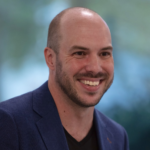 Peter Martin, Director of Research and Development, Quanser
Peter Martin, Director of Research and Development, Quanser
“As the UK and many countries around the world jockey for position as leaders in areas like advanced manufacturing and autonomous systems, engineers increasingly work in environments where they are required to connect different disciplines, perspectives, and skills, to understand and navigate sociotechnical systems, and to communicate complexity to diverse audiences.
The Complex Systems Toolkit is focused on supporting educators that are taking on the challenge of integrating complexity into their course modules by providing resources that cover 1) understanding complex systems, 2) the tools and techniques used by professionals, and 3) case studies that aim to bring a more holistic view to many of the Engineering disciplines.
I had the pleasure of being invited to co-chair the development team, along with several academic and industry leaders from around the UK working together to develop the toolkit for launch later this year. As the team cannot accomplish this ambitious task alone, we have recently opened a call for contributions to develop and contribute knowledge articles, guidance material, and teaching activities.
The EPC team is committed to creating a comprehensive and valuable set of resources that will accelerate the adoption of Complex Systems into modules and programmes around the world, and we would love it if you would join us in the creation and deployment of these valuable resources.” – You can read Peter Martin’s full blog post here.
Please register your interest in developing a resource for the Complex Systems Toolkit by completing this form by 30th June 2025.
You can read more about our Call for Contributions here.
This post is also available here.
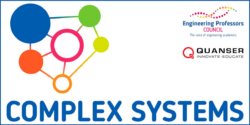 The Engineering Professors’ Council, with support from Quanser, has started work on a
The Engineering Professors’ Council, with support from Quanser, has started work on a 